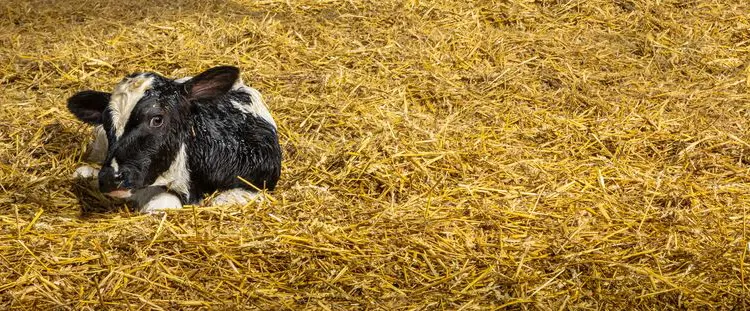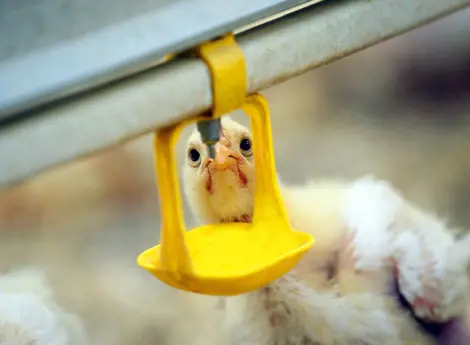
On US farms, digestive and respiratory diseases are the most common conditions in calves (21.1 and 12%, respectively). Overall, 16.0 and 11.4% of heifers are treated for digestive and respiratory disease, respectively, using antibiotics.
The Natural Power of the animal
These threats make it important to feed colostrum to young calves shortly after birth. Indeed, research shows that calves fed double the amount of colostrum straight after birth incurred lower veterinary costs ($24.51 versus $14.77 per calf). The reason for the difference in costs was primarily due to the illnesses that were observed in calves fed lower amounts of colostrum required repeated treatment and monitoring of the animal. The need to move fast lies in the absorption capacity for antibodies, decreasing quickly after birth. Also, the concentration of antibodies decreases quickly in milk, with a decrease of up to 50% in just the first 12 hours after calving. Imagine calves being born late in the evening or during the night: most of them receive the first colostrum early in the morning.
Ensuring a high-quality colostrum intake
The logical conclusion is to keep mother and calf together directly after birth. Or so it would seem. We know from research that more than 40% of calves reared this way present insufficient antibodies in their blood due to not receiving enough colostrum from their mother.
The solution lies in taking control over the wider calving process, as far back as the dry period, during the cow’s final gestation phase. We know conclusively that calves of cows fed according to their requirements during the gestation phase do better.
Alongside this, it is important to measure colostrum quality and act on it. If the cow is not producing enough high-quality colostrum, an alternative is to use colostrum kept in the freezer from older cows. This will generally contains a higher concentration of antibodies.
But there is more
Another way for farms to increase resistance, and reduce the use of antibiotics in calves, is to vaccinate their mothers against various viruses, including rota and coronaviruses. This way, their calves receive essential antibodies via the vaccinated cow’s colostrum.
At the same time, it is important not to underestimate the positive impact of effective (health) management. Animals kept in good conditions, including optimal hygiene and ventilation, are more active and likely to have a good feed intake. Finally, the right feeding strategies will help to optimise feed intake and the development of the young calf, setting it up for a healthy and productive life.
A hands-on, targeted approach
Our hands-on Natural Power programme brings together all these insights and more to help you improve animal health and optimise animal performance on your farm while supporting the prudent use of antibiotics.
Learn more about the Natural Power programme



